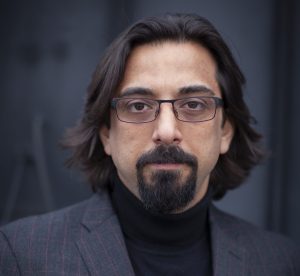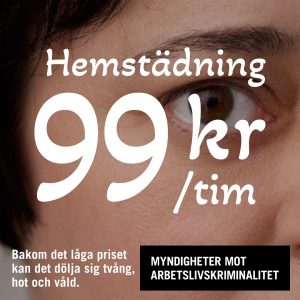It has gone from being a contribution paid reluctantly by the Norwegians to something people are enthusiastic about, according to the three authors of the report. The Fafo researchers, who produced the report on commission from the Norwegian Ministry of Foreign Affairs, quote what a Norwegian diplomat told them:
“We get unfairly good results and visibility for our contribution while Denmark and Sweden disappear inside the EU.”
The EEA agreement came out of the 1994 EU applications from Norway, Sweden, Finland and Austria. In a referendum, Norway voted no to the EU agreement that had been negotiated, while Iceland never got as far as reaching an agreement. That is why the EEA was created, which Lichtenstein also joined.
Norway is by far the dominant contributor as it provides more than 95 per cent of the three countries’ grants to the EU.
The grant is meant to benefit the poorest EU nations – the ones with a GDP that is 90 per cent lower than the EU average – and it should be used to reduce social and economic disparities in the EEA area. Norway also aims to strengthen bilateral relations with the recipient countries.
Since the grant is divided between 15 EU countries and across many different projects covering research, welfare, environment, culture and justice, it is difficult to measure its effect. Poland has been the biggest recipient in the latest period, receiving 30 per cent of EEA grants between 2009 and 2014.
“Yet this was no more than 0.8 per cent of the total contribution from the EU’s funds for development, infrastructure and education for that period,” pointed out Kristin Dalen during a Fafo seminar focusing on the report.
The EEA grant does play a decisive role in one area, however – civil society.
“In several recipient countries the EEA grant is now the biggest and in some cases only source for the funding of voluntary organisations and civil society activities across areas like the promotion of democracy, human rights and influencing political processes,” writes the EU Agency for Fundamental Rights.
The Fafo researchers say 15 per cent of EEA contributions go to civil society.
“In Period 2 (2009-2014), almost 3,000 projects were carried out by non-governmental organisations. 4,000 organisations reported expanded capacity and more than 4,000 NGOs participated in policy-making processes. Constructive pressure by civil society organisations improved the formulation of 335 new laws and guidelines.”
The EEA grant can also be important for underfunded areas like help for Roma people. Norway also helps finance projects in several countries aimed at creating more humane conditions for prisoners and for improving the rights of the LGBTQ community.
But the contributors need to balance being seen as providing a welcome addition and being perceived to get too involved, for instance in the cultural sector.
“While some recipient countries mostly want to renovate old castles, Norway focuses in equal measures on living art, projects that address contemporary society and that comments on power and democracy,” write the authors.
The report acknowledges that results in this area have been varied.
“Projects of the latter kind have proven tricky to achieve in certain countries. The most difficult place has been Hungary, where it has not been possible to reach an agreement on EEA grants at all in the latest period. The country has refused to agree that the grant should be received and administered by an entity that is independent from the government.”





